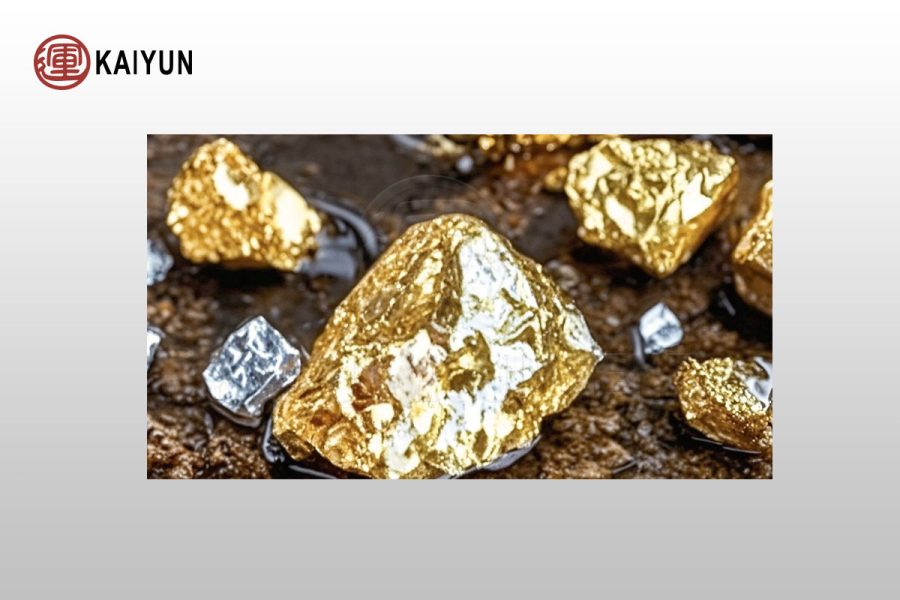Gold Extraction CIL Process Introduction
Gold extraction from carbon-in-leach (CIL) is an efficient gold extraction process that combines gold leaching with adsorption processes to reduce equipment and energy consumption and improve gold recovery. Its main steps include pulp removal, pre-leaching concentration, leaching and adsorption, desorption electrolysis, pyrometallurgy and activated carbon regeneration. The following is a detailed description of each link:

Pulp removal
Before leaching and adsorption, impurities such as sawdust and soil in the pulp need to be removed to prevent them from adsorbing gold and clogging the equipment. Medium-frequency linear vibrating screens are often used for impurity removal to ensure effective filtration of the screen and prevent impurities from entering the carbon-rich area.
Pre-leaching concentration
Pulp concentration is crucial to the leaching effect. To ensure optimal leaching conditions, the pulp is concentrated by a concentrator. When the concentration of the pulp after grinding is 18-22%, it must be concentrated to improve the efficiency of subsequent leaching. High-efficiency concentrators can not only improve the concentration efficiency, but also save floor space.
Leaching and adsorption
The core feature of gold ore carbon leaching is that leaching and adsorption are carried out simultaneously. The slurry is sent to multiple stepped leaching tanks, and cyanide is added to the first one or two tanks to leach gold, and then activated carbon is added to the tank for adsorption. The activated carbon adsorbs the gold in the slurry by countercurrent, and the gold-loaded carbon is separated from the slurry through the carbon extraction screen. The grade of the gold leaching solution is usually 0.01-0.03g/m³.
Desorption electrolysis
The gold-loaded carbon desorbs gold by high-temperature and high-pressure desorption. By adding appropriate anions, gold is replaced and separated from the gold ore slurry. The desorbed precious liquid is then electrolytically recovered to obtain gold mud.
Pyrometallurgy
The desorbed gold mud is converted into gold ingots by pyrometallurgy. After simple pickling and impurity removal, the purity of the gold ingot smelted from the gold mud can reach more than 99.99%.
Regeneration of activated carbon
After adsorption, activated carbon needs to be regenerated to restore its adsorption performance. First, impurities are removed by acid washing, and then high-temperature activation is used to restore its adsorption activity. The regenerated activated carbon can be recycled many times, reducing costs and improving resource utilization.
Gold Extraction CIL Process Advantages
Strong adaptability: suitable for most types of gold ores.
High recovery rate: improve the recovery rate of gold through the dual effects of leaching and adsorption.
Cost saving: simplify the process flow, reduce infrastructure investment and production costs.
Easy operation: the process is intuitive, easy to operate and control.
Gold Extraction CIL Process Precautions
During the implementation process, it is recommended to conduct mineral processing tests, adjust the process parameters according to the characteristics of the ore, ensure the best gold extraction effect, and avoid blindly applying general solutions.